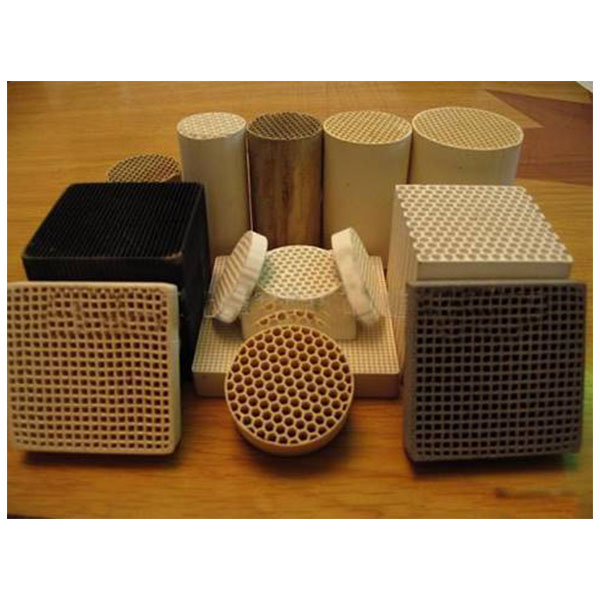Catalyst Technologies in Diesel Engines: Differentiating the Functions and Mechanisms of DOC, SCR, and DPF

Catalyst Components After treatment system
These three catalysts, DOC, SCR, and DPF, play crucial roles in reducing emissions and improving air quality in exhaust gas after-treatment systems. Their specific functions and compositions are tailored to address different types of pollutants emitted by diesel engines.
1. Diesel Oxidation Catalyst (DOC):
– Purpose: The DOC primarily focuses on reducing harmful emissions such as carbon monoxide (CO) and hydrocarbons (HC) by oxidizing them into less harmful substances.
– Function: It promotes the oxidation of CO and HC into carbon dioxide (CO2) and water (H2O) through a chemical reaction.
– Composition: Typically, DOCs consist of precious metals like platinum (Pt) and palladium (Pd) supported on a ceramic or metallic substrate.
2. Selective Catalytic Reduction (SCR):
– Purpose: The SCR catalyst is designed to reduce nitrogen oxides (NOx) emissions, which are major contributors to air pollution.
– Function: It facilitates the conversion of NOx into nitrogen (N2) and water vapor (H2O) by using a reducing agent, usually ammonia (NH3) or urea (CO(NH2)2).
– Composition: SCR catalysts often contain a catalyst material, such as vanadium oxide (V2O5) or zeolites, which promote the chemical reaction between NOx and the reducing agent.
3. Diesel Particulate Filter (DPF):
– Purpose: The DPF is primarily used to capture and remove particulate matter (PM) or soot from diesel engine exhaust gases.
– Function: It traps and collects the PM, preventing it from being released into the atmosphere.
– Composition: DPFs are typically made of porous ceramic or metallic materials that allow exhaust gases to pass through while trapping the PM. They may also contain catalyst coatings to aid in the oxidation of trapped PM.
